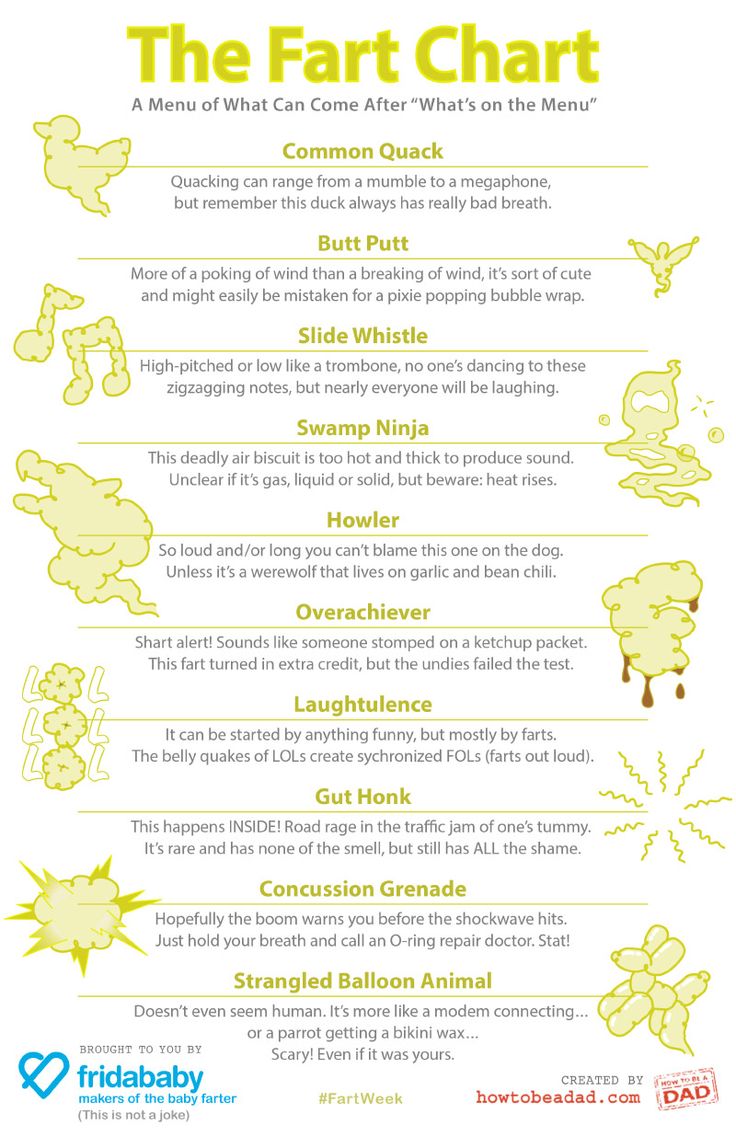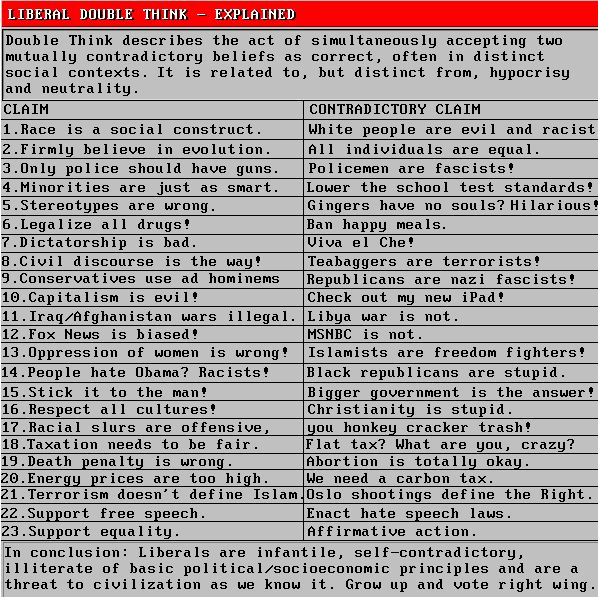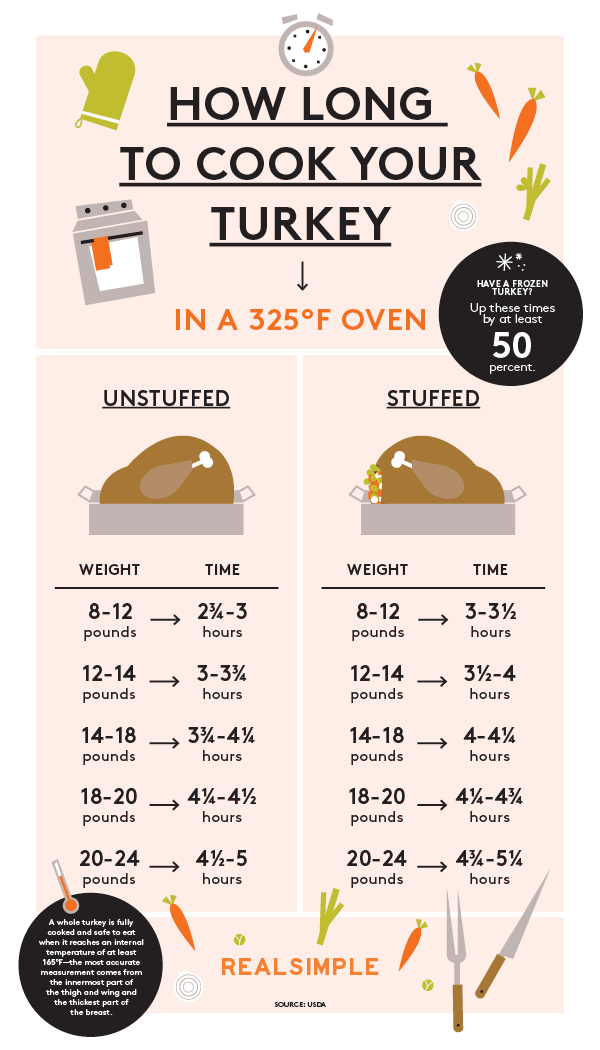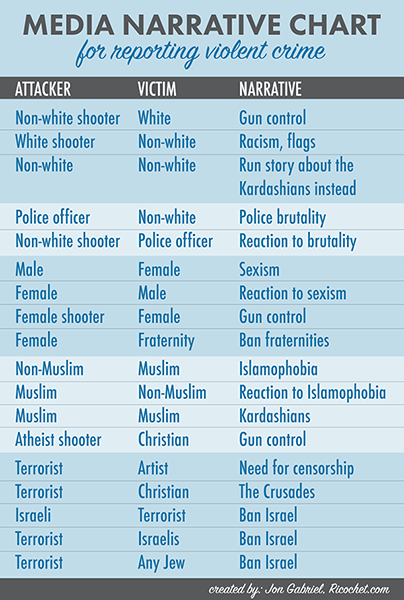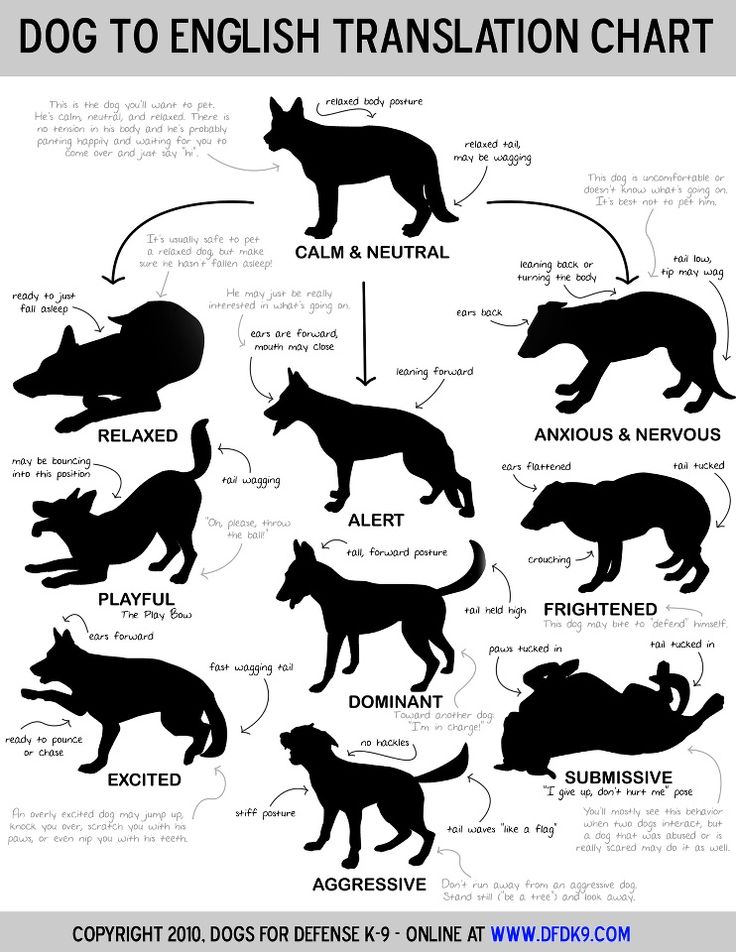Everyone poops. Fact. But before they do, they fart.
Anyways, like them or not, they’re here to stay. Well… hopefully not too long actually. You see, holding in your gas can be vital in some circumstances: first dates, once in a lifetime elevator pitches, second dates, epic sports moments, third dates, acceptance speeches, etc., but you can’t hold it in forever. We all know the discomfort of putting a cork in it, and the eventual relief of letting loose from the caboose.
Parents may frown and tell their kids to say “pardon me” when they shamelessly tear ass, in the hopes that when they become an adult they’ll master some restraint and no longer blow themselves around the room in mixed company. But when you first become a parent, there will be a point where you beg for farts.
When you fail in trying to bounce a burp out of your new little gas bag, you know the problem has probably travelled south. Some of us try to perform fart yoga with maneuvers like upward-facing folding chair. Some of us wax-on wax-off on their tummies to try to gently Karate out the belly bullies. Like burping, we try to fart our baby.
There is a unique helplessness you feel watching your colic-bloated baby fussing and crying, squirming around restless and tormented like an over-inflated but unhugged bagpipe.
There is no sweeter sound to a care-worn parent’s ears than the sound of a sumo wrestler going bareback down a park slide, when that sound comes from their baby’s bum. Farts can be little stinky gifts.
So they’re not so bad. Okay, sometimes they’re really bad. But they’re a part of life. Think of them as a butthole clapping. Sooooo… Good job, right?
